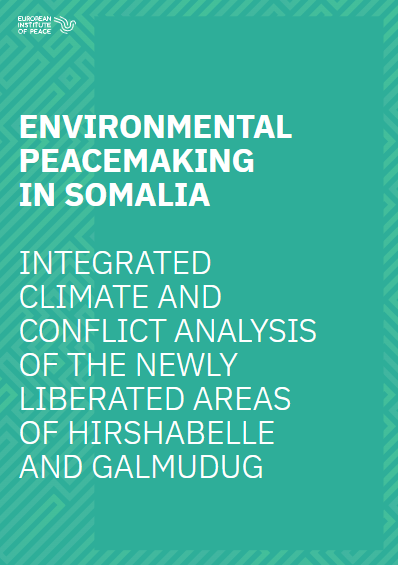Integrated Climate and Conflict Analysis of the Newly Liberated Areas of Hirshabelle and Galmudug
02/09/2024
This analysis assesses both the short and long-term impacts of environment- and climate-related security risks in the Newly Liberated Areas (NLA) of Somalia in Hirshabelle and Galmudug. The analysis had the objectives of (1) understanding the pathways in which environmental and climate risks can affect conflict better and (2) developing actionable recommendations for environmental peacemaking and peacebuilding in these states of Somalia.
This integrated climate and conflict analysis employed a methodology based on the conflict analysis guidance from the European External Action Service (EEAS) and the climate security guidance developed by the United Nations Environment Programme (UNEP).
The integrated analysis reveals linkages between climate risks and the underlying conflict drivers in the Newly Liberated Areas of Hirshabelle and Galmudug. While climate change should not be considered a direct root cause of conflict, climate-induced impacts such as prolonged droughts, erratic rainfall, flooding, and other extreme weather events exacerbate resource scarcity, disrupt livelihoods, and heighten competition among communities over diminishing natural resources, primarily land, water, and pastures for livestock grazing and agriculture. These socioeconomic impacts affect all parties to conflicts in the NLA, contributing to unrest and violence even after Al-Shabaab’s departure. As climate and security risks collide in the NLA, they generate additional challenges to building lasting peace between communities and opportunities to foster cohesion and strengthen state presence.
For environmental peacemaking initiatives to effectively address climate security risks and contribute to lasting peace in the NLA, it is crucial to implement comprehensive strategies that focus on immediate conflict resolution and relief and long-term resilience and reconciliation. Initiatives enhancing access and sustainable resource management and incorporating robust dispute resolution mechanisms offer promising avenues for building trust and cohesion. These efforts should be supported by coherent cross-sectoral institutional frameworks and active participation from local communities, development and humanitarian stakeholders to ensure their effectiveness and sustainability.
Building on these strategies, it is essential to identify key areas where climate and security risks intersect and to enhance dialogue among development, humanitarian, and government stakeholders. To facilitate this process, the European Institute of Peace’s report illustrates the climate-conflict nexus through four key pathways designed to pinpoint areas where collaboration can yield cross-cutting climate resilience and peace benefits. While these pathways alone cannot fully encapsulate the complex interrelations between climate, environment, and conflict in the Newly Liberated Areas of Somalia, they effectively highlight how climate risks compound socioeconomic vulnerabilities, intercommunal tensions, and historical grievances, amplifying the risk of conflict.
Based on the findings of the analysis, a set of recommendations are proposed in the report to inform and support institutional actors and partners to develop and implement policy and programme initiatives providing dual benefits in promoting peace and enhancing resilience to climate change. Altogether, the analysis underscores that environmental peacemaking approaches are pivotal for fostering sustainable peace, security, and resilience in the fragile NLA of Somalia.
Project context
This Integrated Climate and Conflict Analysis of the Newly Liberated Areas of Hirshabelle and Galmudug is part of the “Environmental Peacemaking Project in Somalia” led by the European Institute of Peace with support from the Ministry of Environment and Climate Change (MOECC) of the Federal Republic of Somalia and funded by the Norwegian Ministry of Foreign Affairs. From August 2023 to March 2024, the Institute conducted an integrated climate and conflict analysis in the Newly Liberated Areas of Somalia, which is described in this report.


